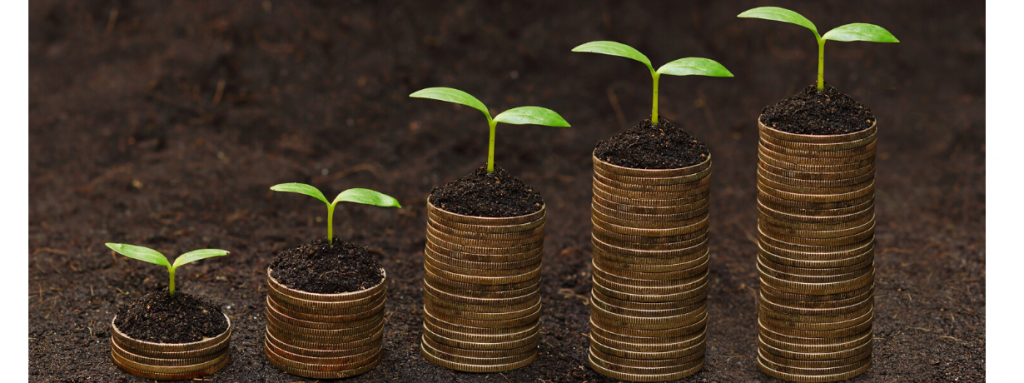5 min read
Time and again, disparate industries have followed a common pattern of development, beginning in infancy as new products and services emerge before entering a youthful growth phase in which those products gain traction among key market segments. Then, as more players enter a market, industries typically face a shakeout period in which they grapple with issues of identity, consolidation, and competition. And, ultimately, industries stabilize in a phase of saturation and maturity.
This same pattern of development applies to impact investing. And within this process, the Global Impact Investing Network’s (GIIN) latest publication, the second edition of its State of Impact Measurement and Management Practice report, highlights glimmers of the market’s entry into a shakeout period – a significant development in the mere twelve-year-period since the term ‘impact investing’ was first coined and an exciting indication of impact investing’s traction.
Clarity of the value proposition
Once considered a novelty, impact measurement and management (IMM) is now expected of credible impact investing. Investors now universally regard IMM as important for understanding whether one’s impact demonstrates progress toward one’s goals (100%). Increasingly, IMM is used as a tool to drive impact performance (99%) and shape business decisions (93%). This consensus that IMM plays a defining role in impact investing indicates a market well-beyond its infancy – and a market whose players are realizing their shared characteristics and coming to terms with their identity.
Budding cohesion
During its growth phase, impact investing has seen a natural rise in the availability of different tools and resources for impact measurement – and the frustration with fragmentation caused by that abundance of guidance. While fragmentation of approaches to IMM remains a significant challenge for many impact investors, the market has also finally begun to coalesce around a shared set of resources. The share of impact investors aligning to the Sustainable Development Goals (SDGs), for example, has nearly doubled since the survey’s first edition in 2017, growing from 43% to 80% of repeat respondents. Other resources, such as the IRIS+ system for impact measurement, integrate the SDGs and other commonly used frameworks to further propel industry cohesion.
Pursuit of distinguishable results
Lastly, the market has welcomed an influx of new players and capital – again, typical of the growth phase. With this expansion comes the need for players to better distinguish themselves, typically by assessing how well they have created impact. While a clear majority of respondents (87%) indicated that they use impact data to assess their own impact performance, 84% remain unable to compare their results to market performance. Indeed, 92% of investors said that impact benchmarks were key to advancing IMM practice and advancing the market forward. This demand for insight on impact performance highlights investors’ need for greater operational efficiencies in identifying high-impact opportunities quickly, as well as being equipped with tools that enable differentiation from peers and competitors – benefits created by impact benchmarks and other resources that enable comparison of impact results among investors and investments.
As the Asian impact investing market has grown and evolved, it has aligned to global trends in each of these three areas, demonstrating shared motivations for IMM, growing cohesion around key tools and frameworks, and demand for tools, resources, and information to drive performance.
Cause for optimism and renewed focus
The gradual shift from one developmental phase to the next is both subtle and significant, prompted by a series of incremental improvements that, collectively, precipitate even greater industry evolution. While there have been significant strides forward for the impact investing industry, the need for further progress – on IMM as well as in other areas – remains clear. Challenges like fragmentation, a lack of transparency on performance, and limited integration of impact and financial considerations linger – effectively constraining investors’ abilities to compare investment and portfolio impact performance with the same rigor and efficiency that they can compare financial performance.
Impact investors must embrace this next phase of IMM and contribute to the development of intelligence and resources that enable more effective comparisons of impact performance, better differentiation of opportunities on the basis of impact, and more efficient and effective capital allocations – all, ultimately, in pursuit of greater impact. Take a moment to reflect on your own approach to IMM. Further – take the opportunity to demonstrate leadership by participating in the GIIN’s impact performance studies; data collection is now open for agriculture and financial inclusion. Email [email protected] for more information.


















